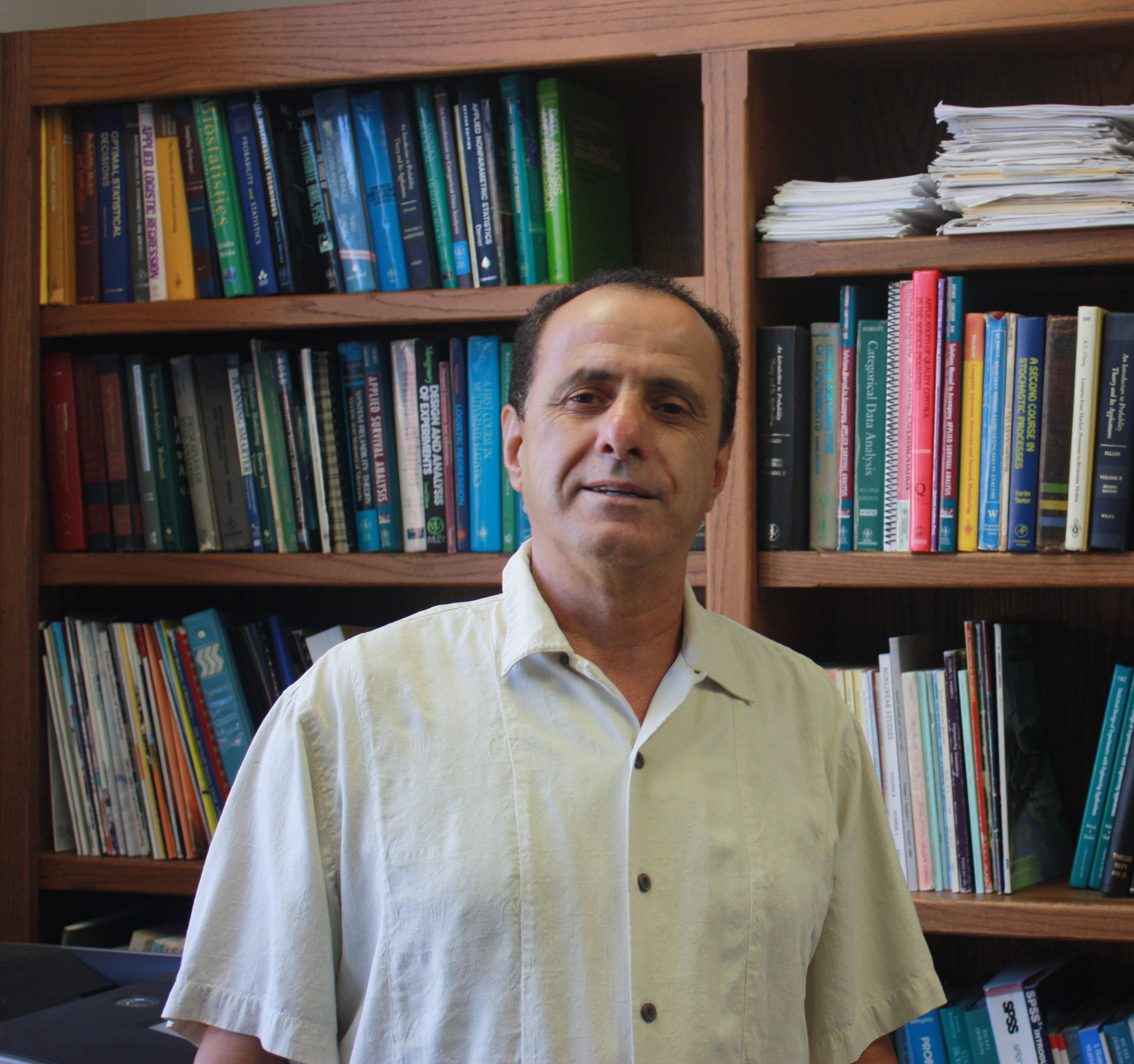| ||
|
After graduating from Stanford University in 1984 with an MS in Statistics, I decided to pursue a PhD in Statistics at the University of Michigan specializing in sequential design of experiments under my major advisor Michael B. Woodroofe and my co-advisor Robert Keener. In1988 I joined Florida Tech where I was the sole Statistician. That situation had some pros and some cons. I shall talk about the pros. Because of its small size Florida Tech enabled me to strongly interact with various disciplines. My first major interaction was with the department of Computer Engineering. That interaction lasted from 1991 until 2001. It resulted with the creation of a new statistical software called Stadium. Stadium (Statistical TCAD Analysis for Design for Manufacturing) T. Sanders. K. Rekab, et. al., Statistical methodology and software for integrated circuit process and device engineers. I was responsible for the implementation of new ideas concerning the application of designs of experiments to computer simulation problems that provide the technical basis for the software. The software was delivered to Sematech Center of Excellence, Advanced Micro Devices, Inc., American Telephone and Telegraph Company, Motorola, Inc., Texas Instruments incorporated, Harris, Lincoln Labs, A. E. T., the U.S. Department of Defense, DARPA, and the U.S. Army. My second strong interaction was with the department of computer sciences. That interaction lasted from 1999 until 2005. It resulted with a position of a research scientist III sponsored by the United States Air force Lab. The project was entitled "Statistical Methods for Intrusion Detection". My results showed that attack traffic possesses a strong statistical signature and logistic regression analysis can be used to distinguish between legitimate-and attack traffic. As a consultant, my strongest interaction was with Pneumoflex Inc. It lasted from 1998 until 2005. I managed FDA Approval of Pneumoflex Protocol (Phase I and II) and Part of Phase III. I was responsible for the statistical evaluation of RCT (Reflex Cough Test). The RCT, using nebulized tartaric acid solution, provides an effective stimulus to the receptors in the supraglottic mucosa, and, like a reflex hammer or percussor, triggers a cascade of neurological activity in both craniospinal nerves and the central nervous system. RCT is a device that predicts incidence of Pneumonia among stroke patients. While at Florida Tech, in 1997, I received the College of Engineering's Faculty Excellence Award in research, and the third major team accomplishment from Sematech Center of Excellence. I am also the principal author of the 2005 book "Statistical Design of Experiments with Engineering Applications," published by Chapman & Hall/CRC. In 2005, I joined the University of Missouri Kansas City as a full professor of Statistics and served as chairman until 2007. I am currently a professor in Statistics serving as a major advisor to five PhD students.
I am currently serving as an Associate Editor for the Journal of Sequential Analysis, and a Coordinating Editor of the Journal of Probability and Statistical Science. I also serve on the editorial board of the International Journal of Excellence in Public Sector Management and on the editorial board of the International Journal of Business and Management Research. In 2005-2006, I served as the Vice President of the American Statistical Association (Kansas-Western Missouri) and in 2006-2007, I served as President. |
||
